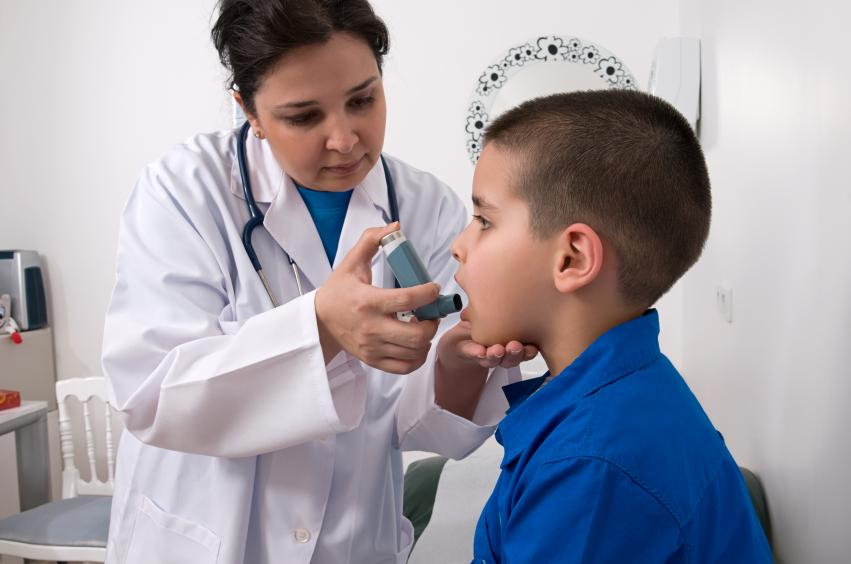
Enterovirus D68 (EV-D68) can cause severe acute respiratory illness (ARI) in otherwise healthy children of all ages, with hospitalized children who have an underlying condition other than asthma or who have reactive airway disease (RAD) at higher risk for poor outcomes, finds a study published yesterday in JAMA Network Open.
A team led by researchers from the US Centers for Disease Control and Prevention (CDC) mined data from the New Vaccine Surveillance Network, a system based in emergency departments (EDs) and hospitals at seven US pediatric medical centers.
Children with medically attended ARI who tested positive for EV-D68 were enrolled during platform-wide EV-D68 testing periods (July to October 2017, July to November 2018, July to November 2020, and July 2021 to December 2022). Patients had at least one qualifying ARI symptom for less than 14 days at enrollment.
EV-D68 causes mild to severe ARI, including asthma exacerbations, and is tied to acute flaccid myelitis, a rare but serious neurologic condition causing limb weakness and variable recovery of function. Symptoms of EV-D68 infection may include apnea, cough, earache, fever, muscle pain, nasal congestion, sore throat, vomiting after coughing, shortness of breath, and wheezing.
Half of those hospitalized had no chronic condition
A total of 976 children tested positive for EV-D68, the median age was 47 months, 40.1% were girls, and most were enrolled in 2018 (382 children) and 2022 (533). Of the 856 children infected with only EV-D68, 320 were released home from the ED, and 74.1% of them had no underlying conditions. The remaining 536 patients were hospitalized, half of them having no chronic conditions.
Additional years of active surveillance are critical to fully understand EV-D68 epidemiology as disruptions from the COVID-19 pandemic dissipate, and health care preparation for severe EV-D68 outcomes is prudent.
Of the 536 hospitalized patients, 37.1% had asthma or RAD, and 14.4% had a different condition. The presence of a non-asthma condition or RAD was linked to a higher probability of requiring supplemental oxygen (adjusted odds ratio [aOR], 2.72) or intensive care (aOR, 3.09).
"Additional years of active surveillance are critical to fully understand EV-D68 epidemiology as disruptions from the COVID-19 pandemic dissipate, and health care preparation for severe EV-D68 outcomes is prudent," the authors wrote.











